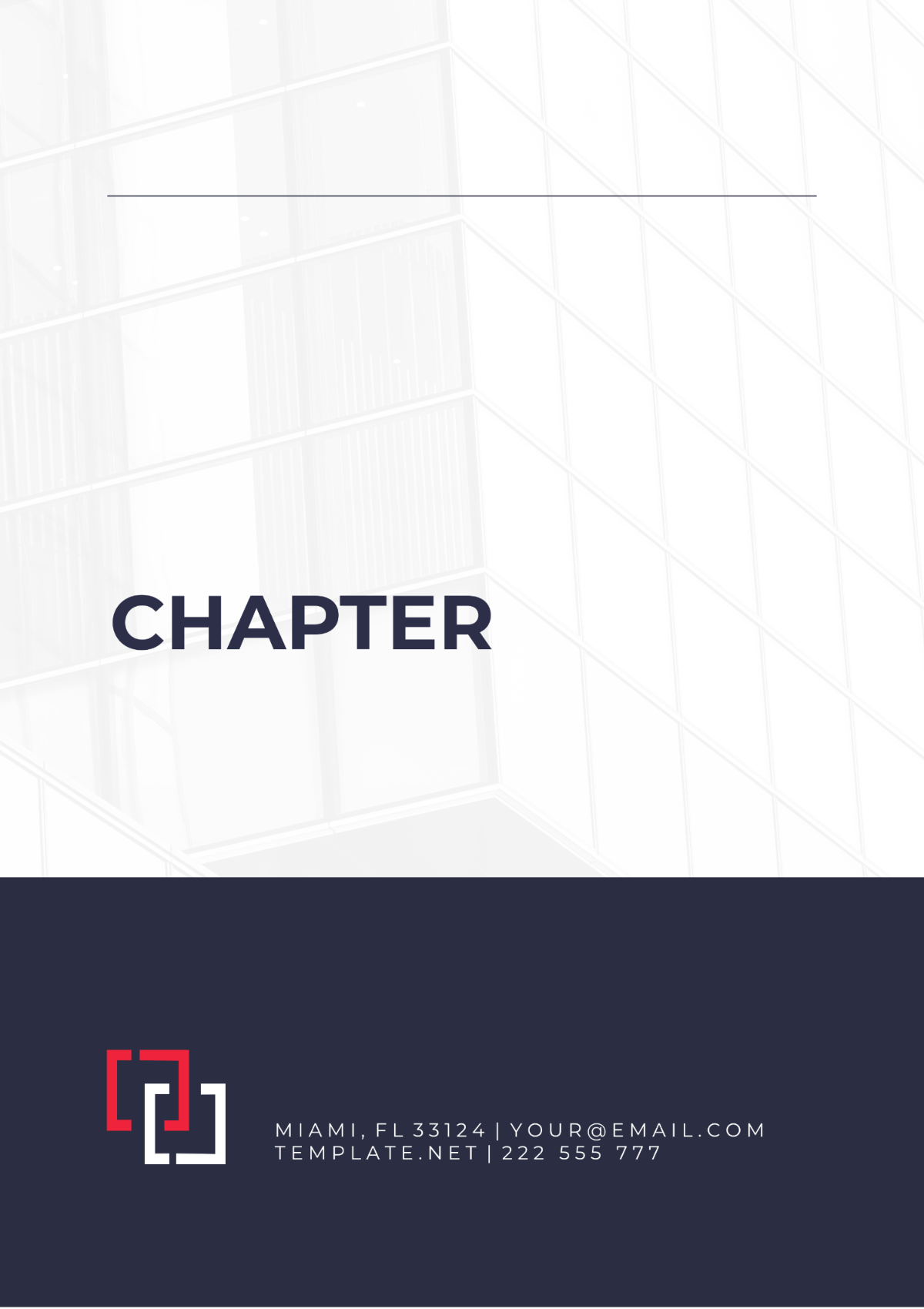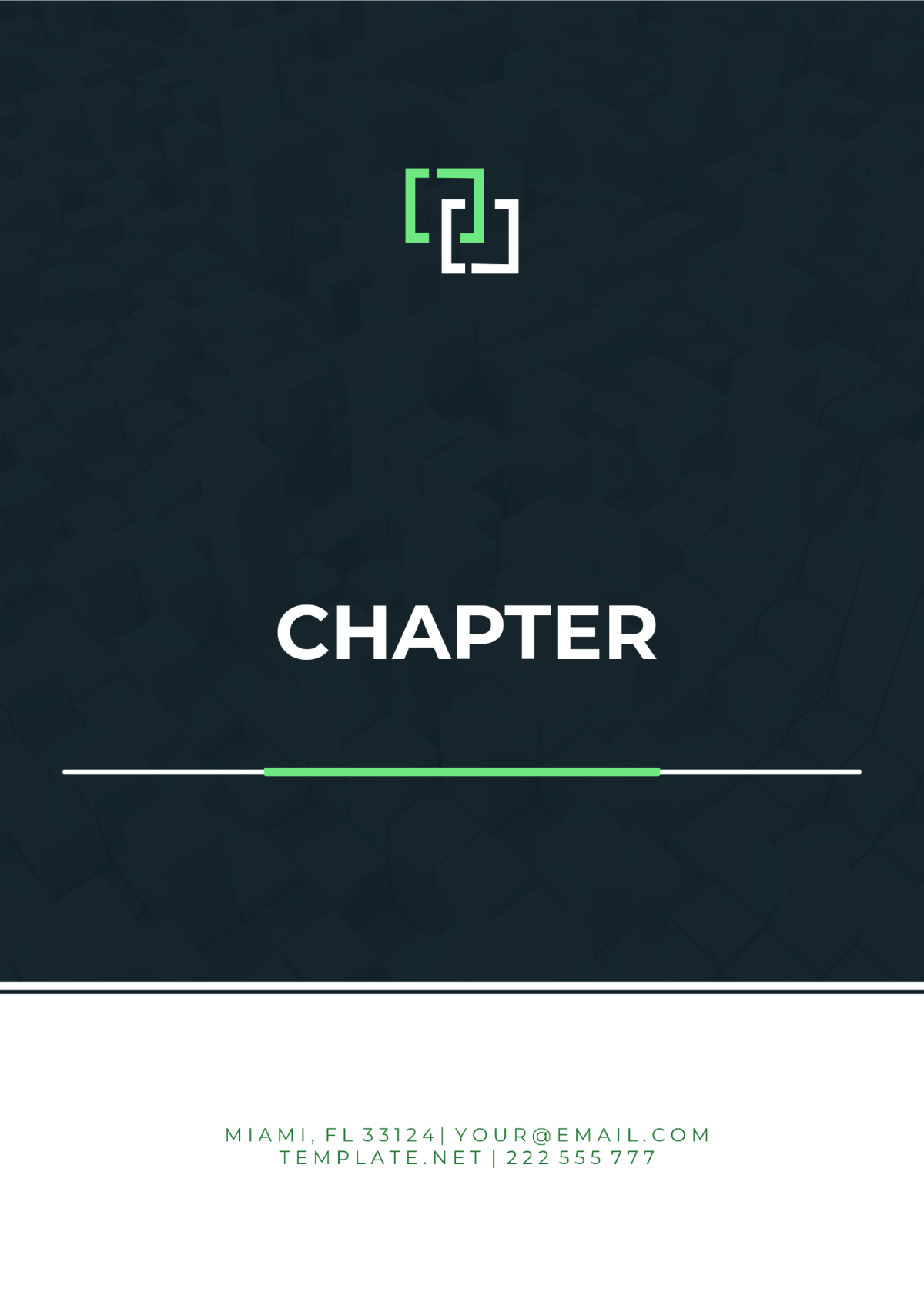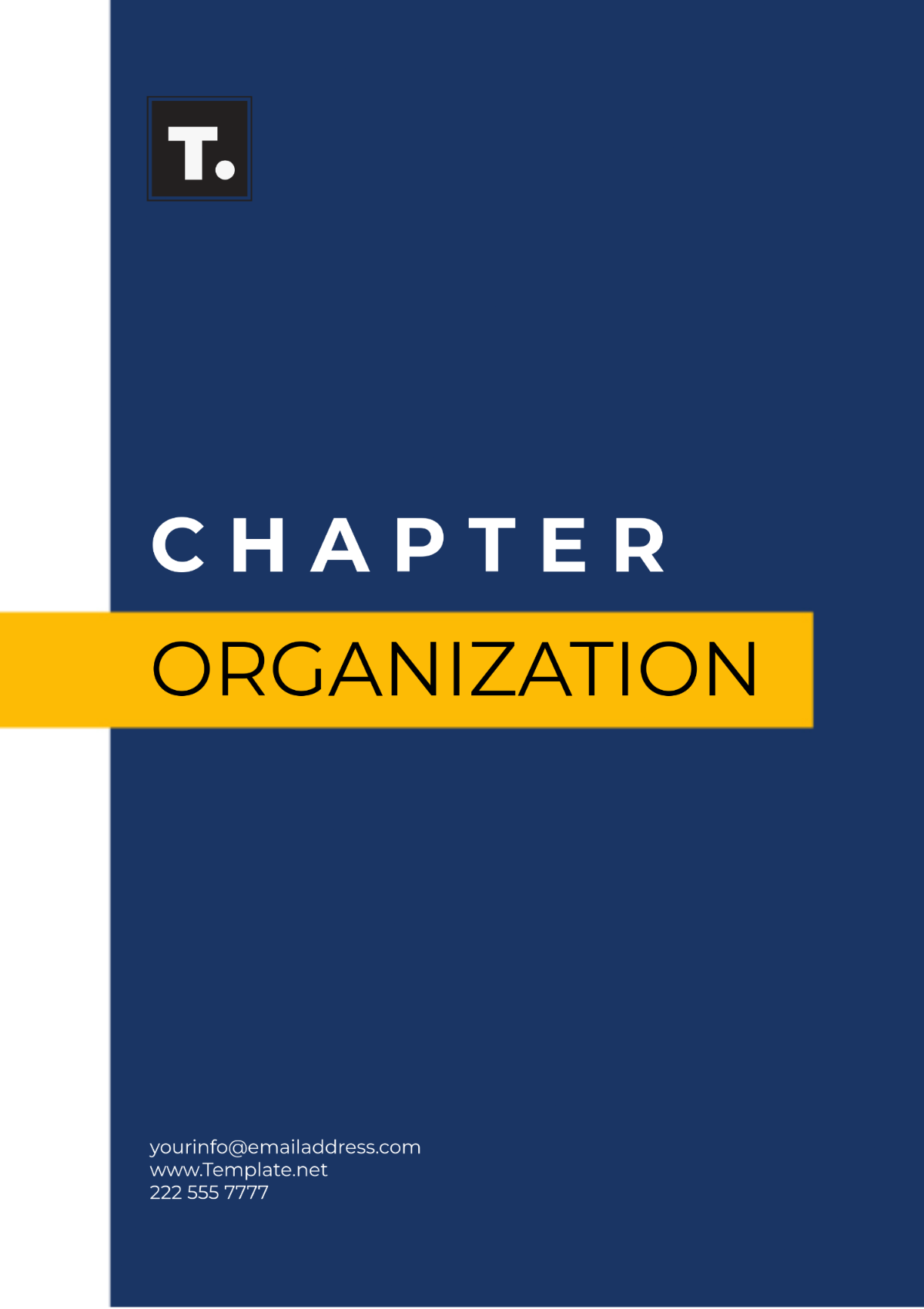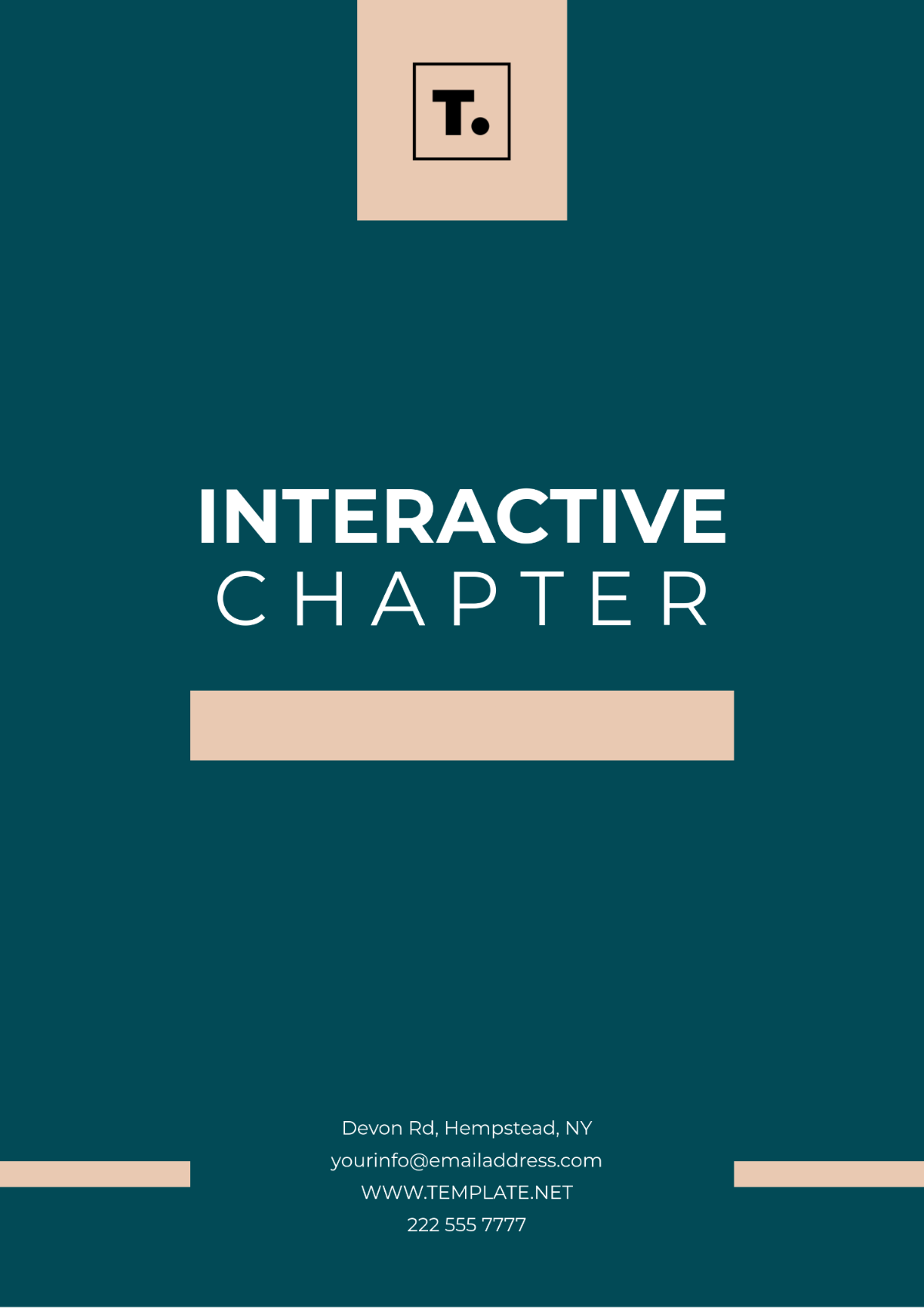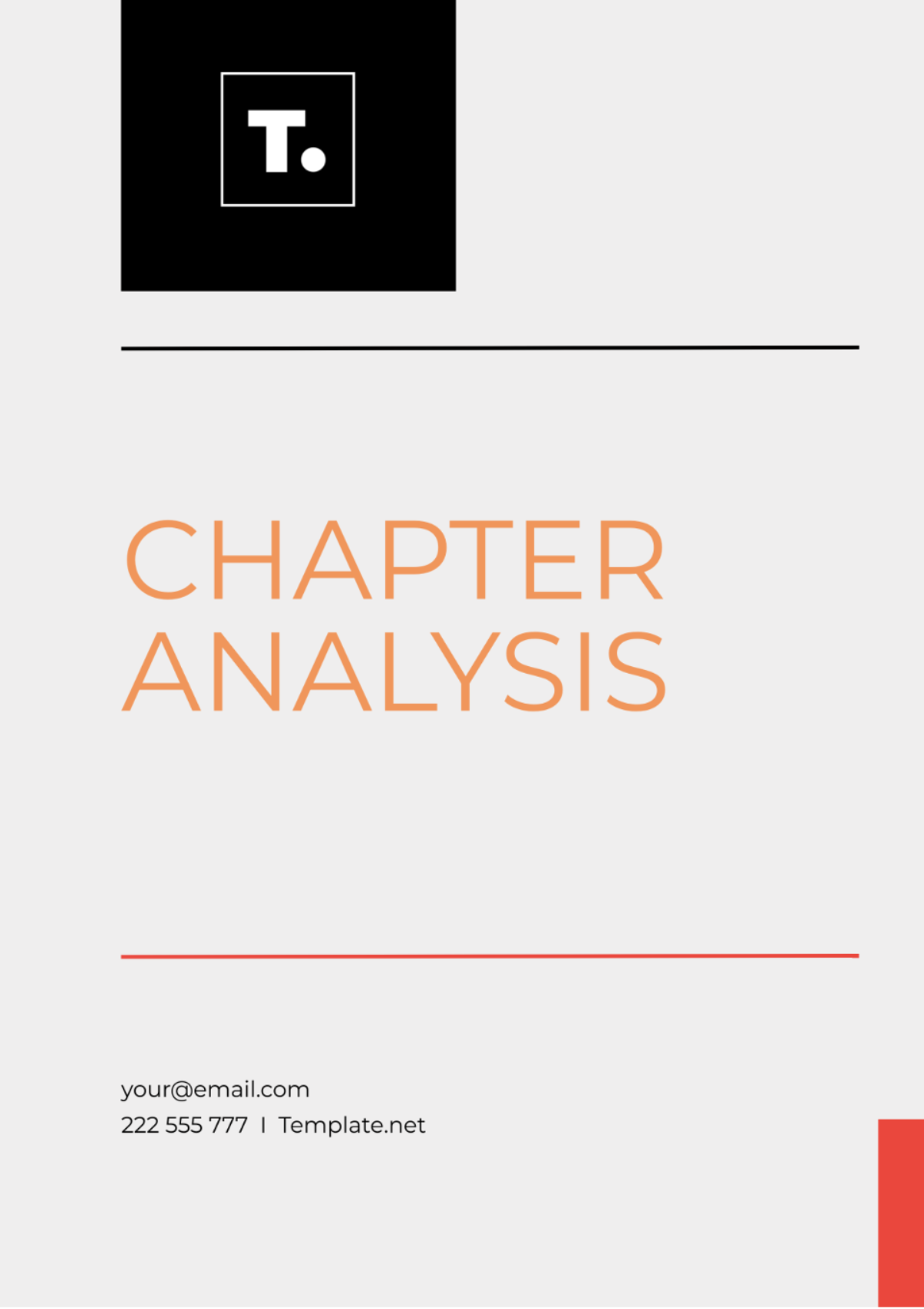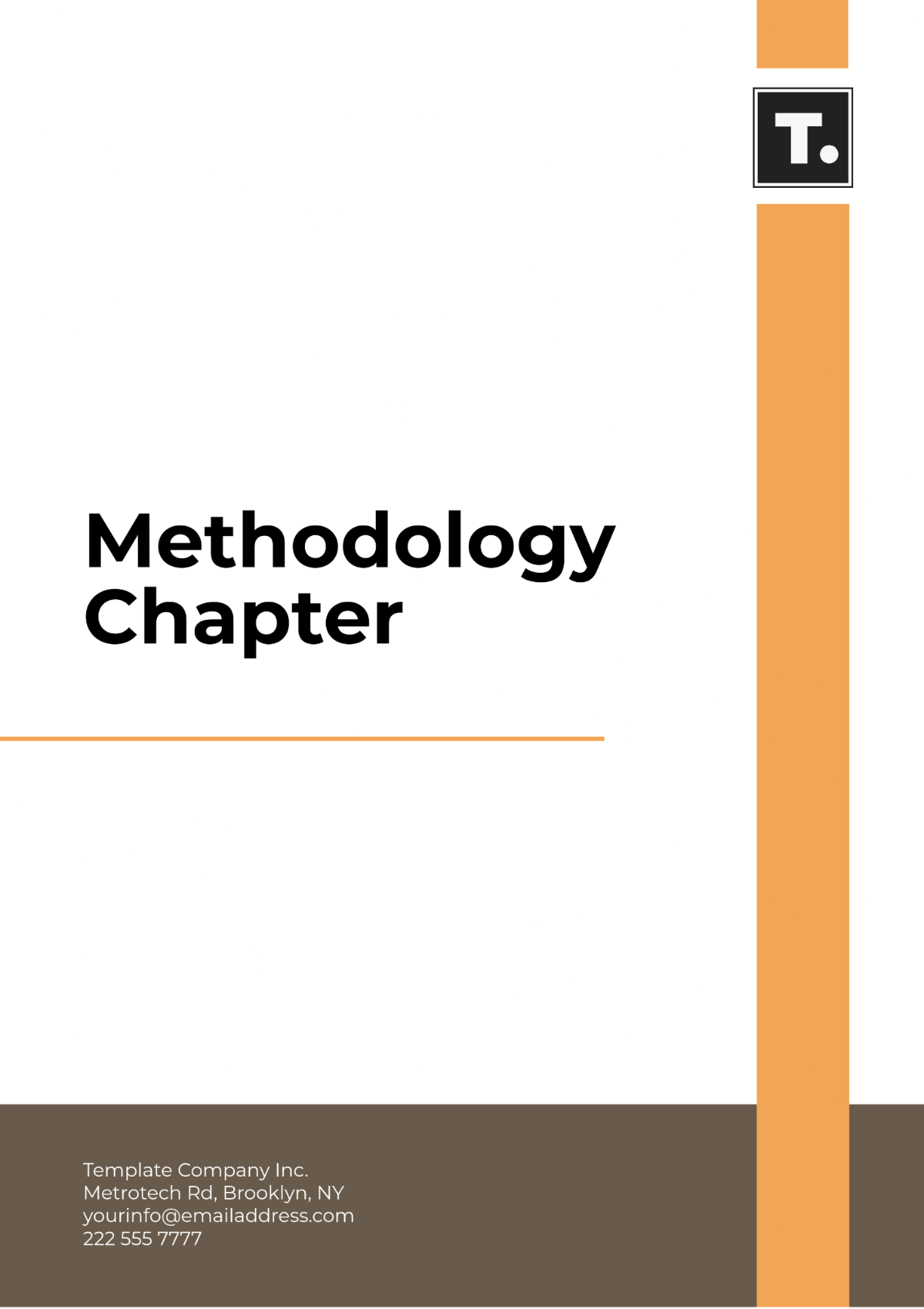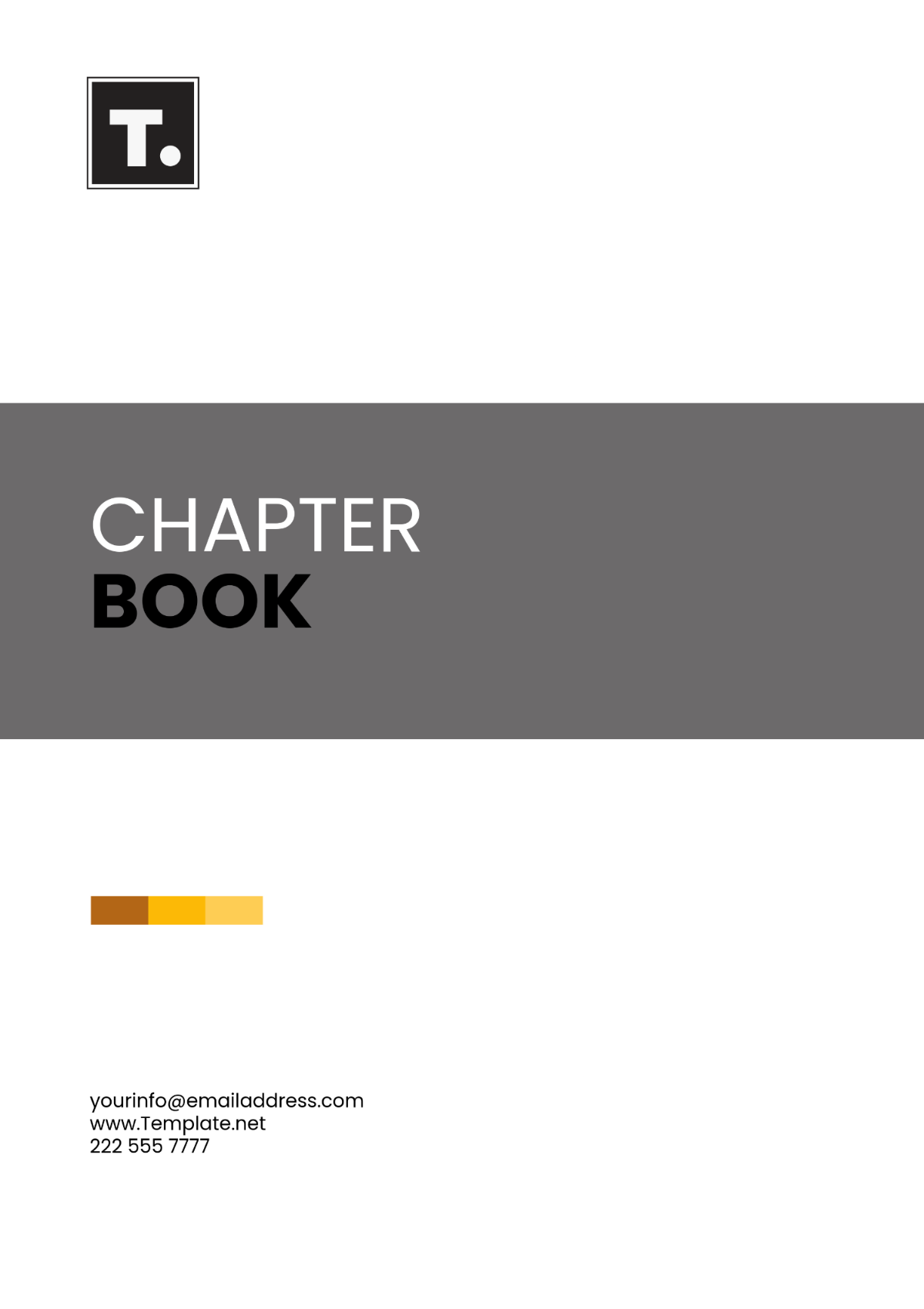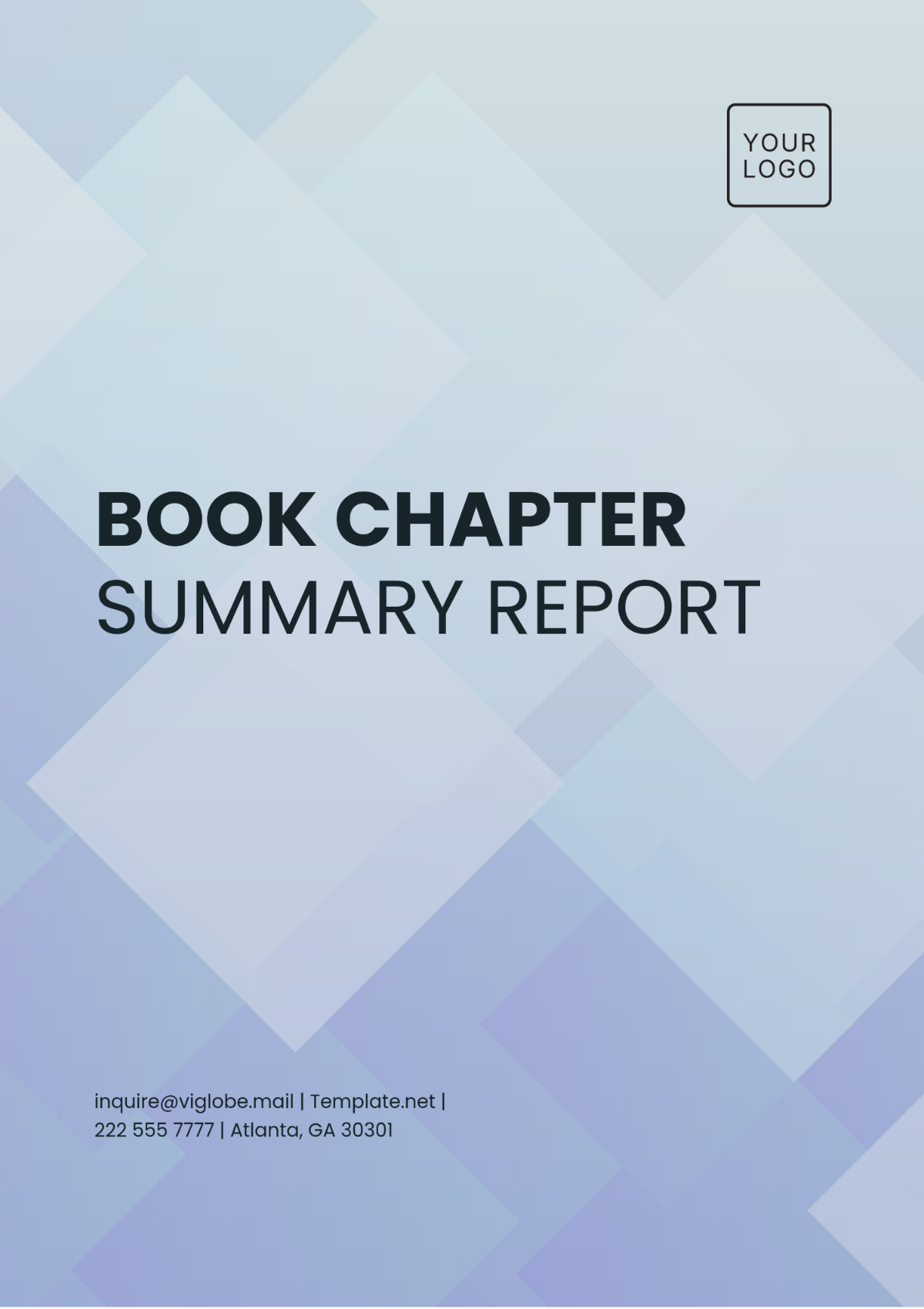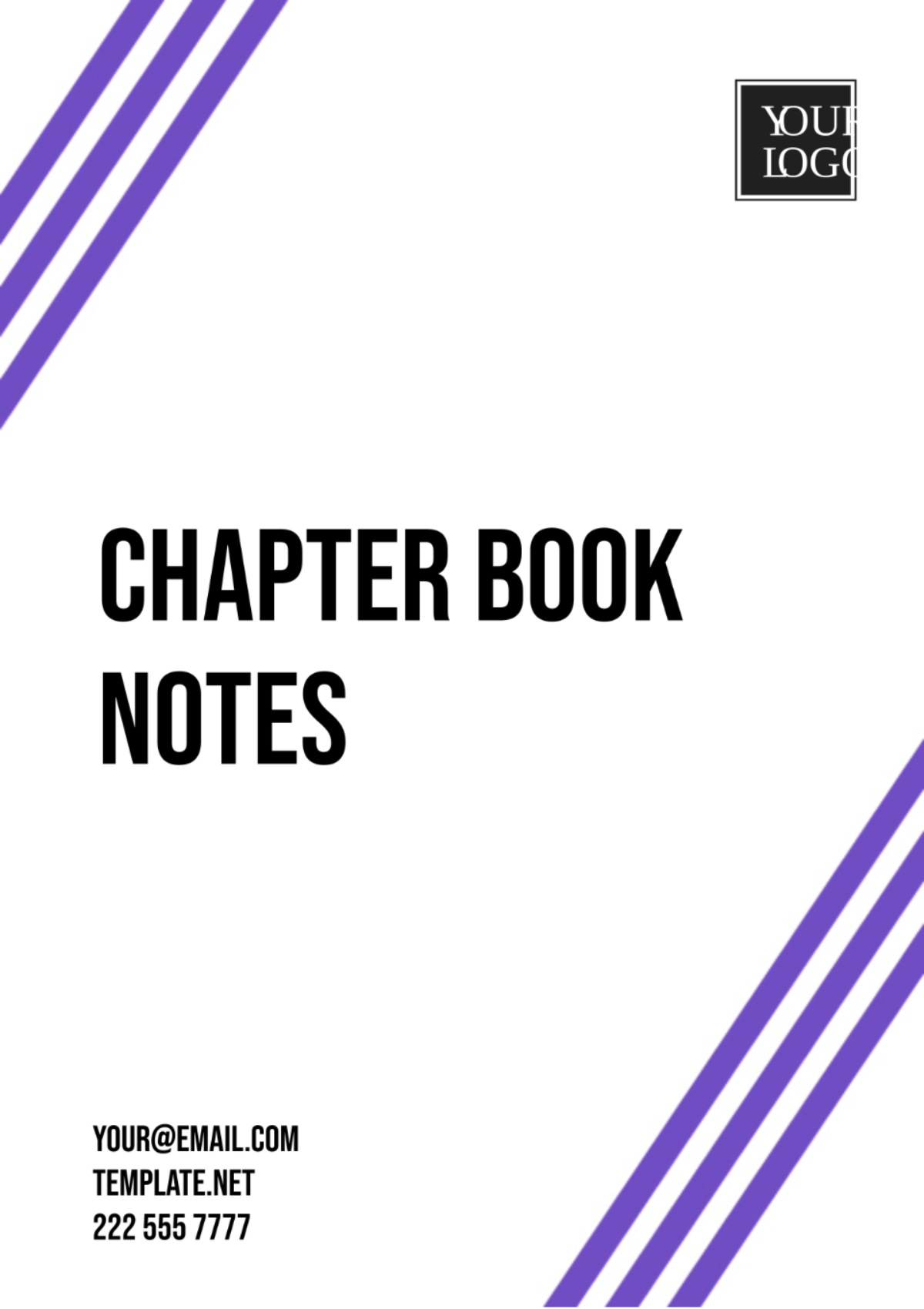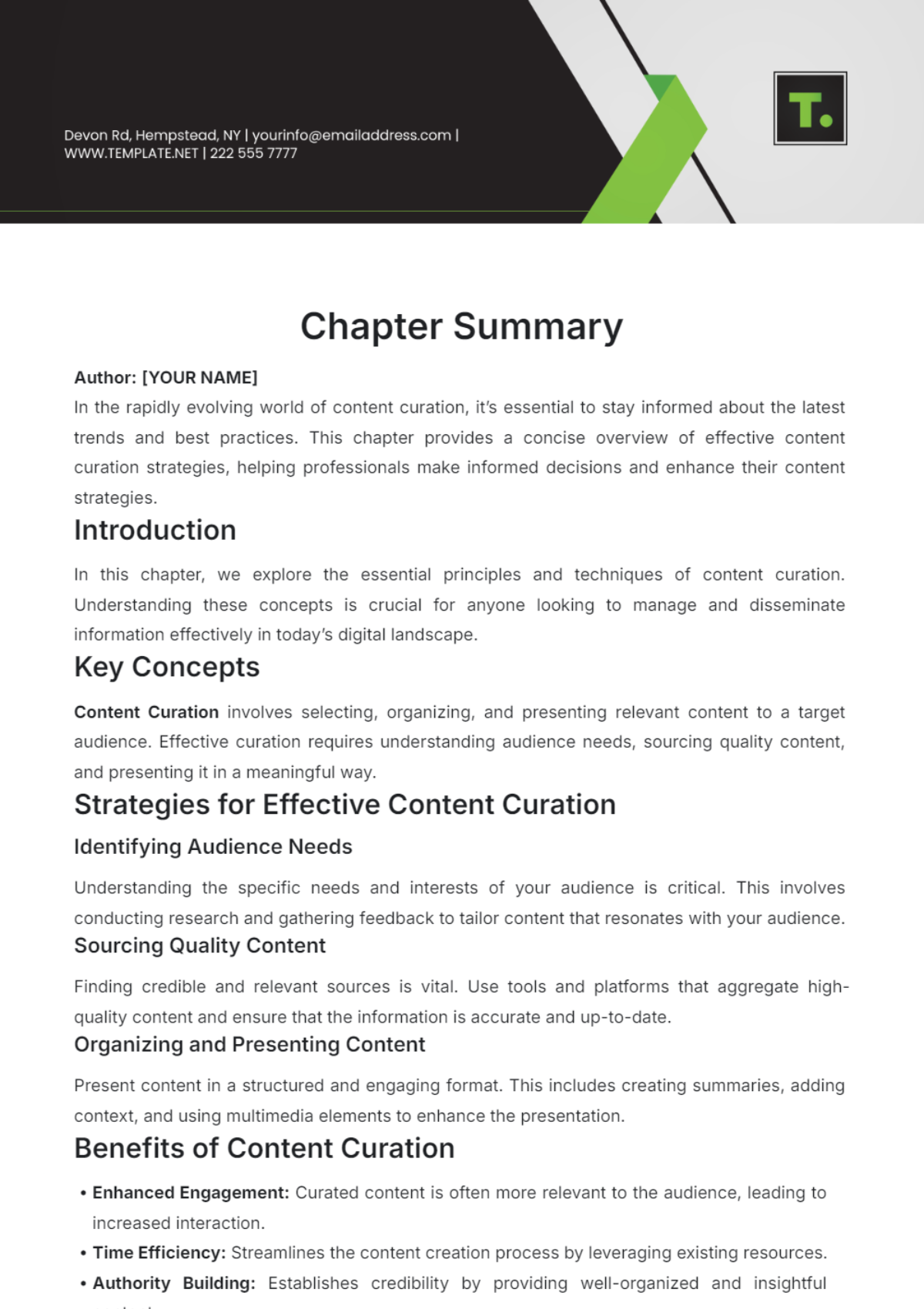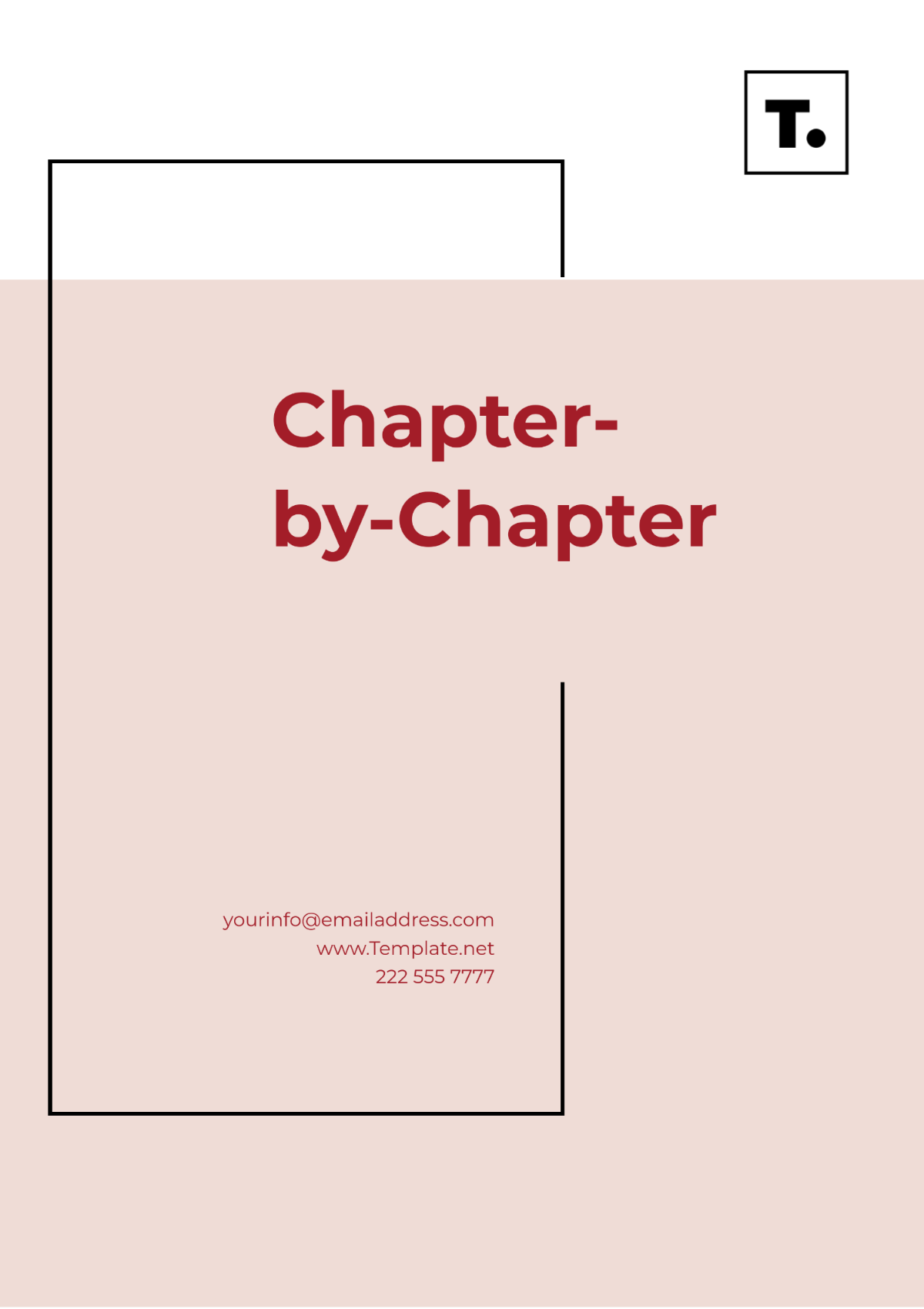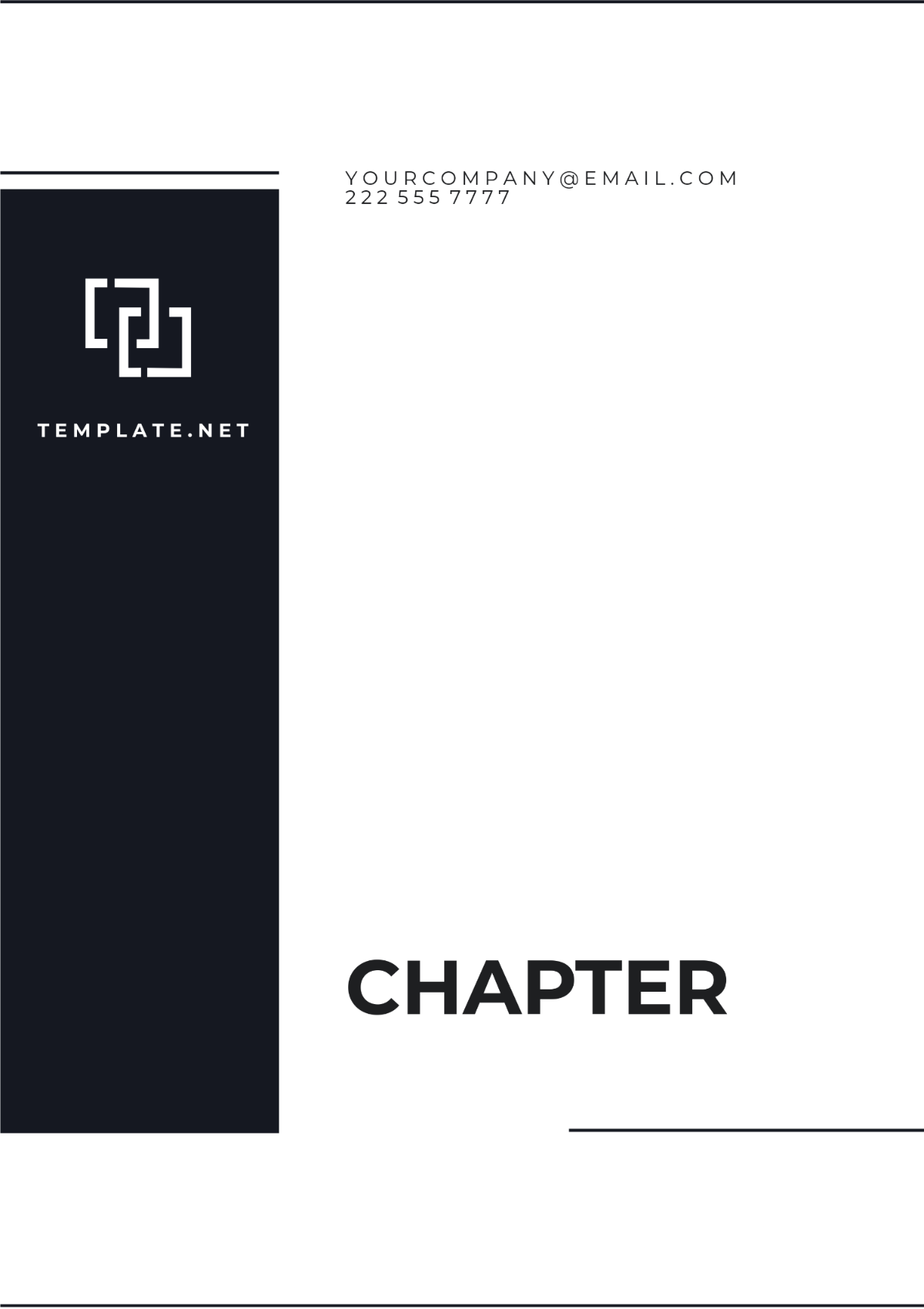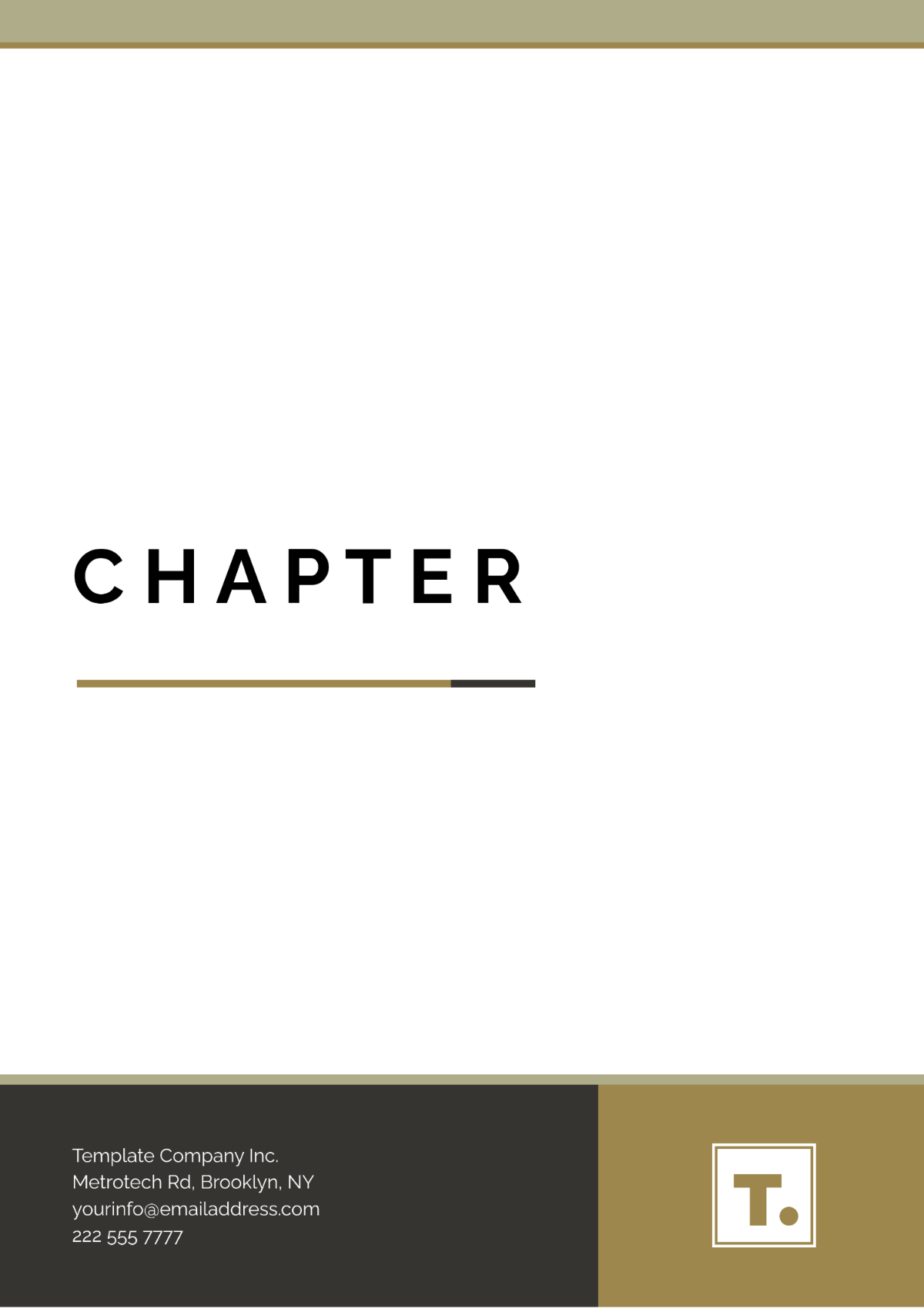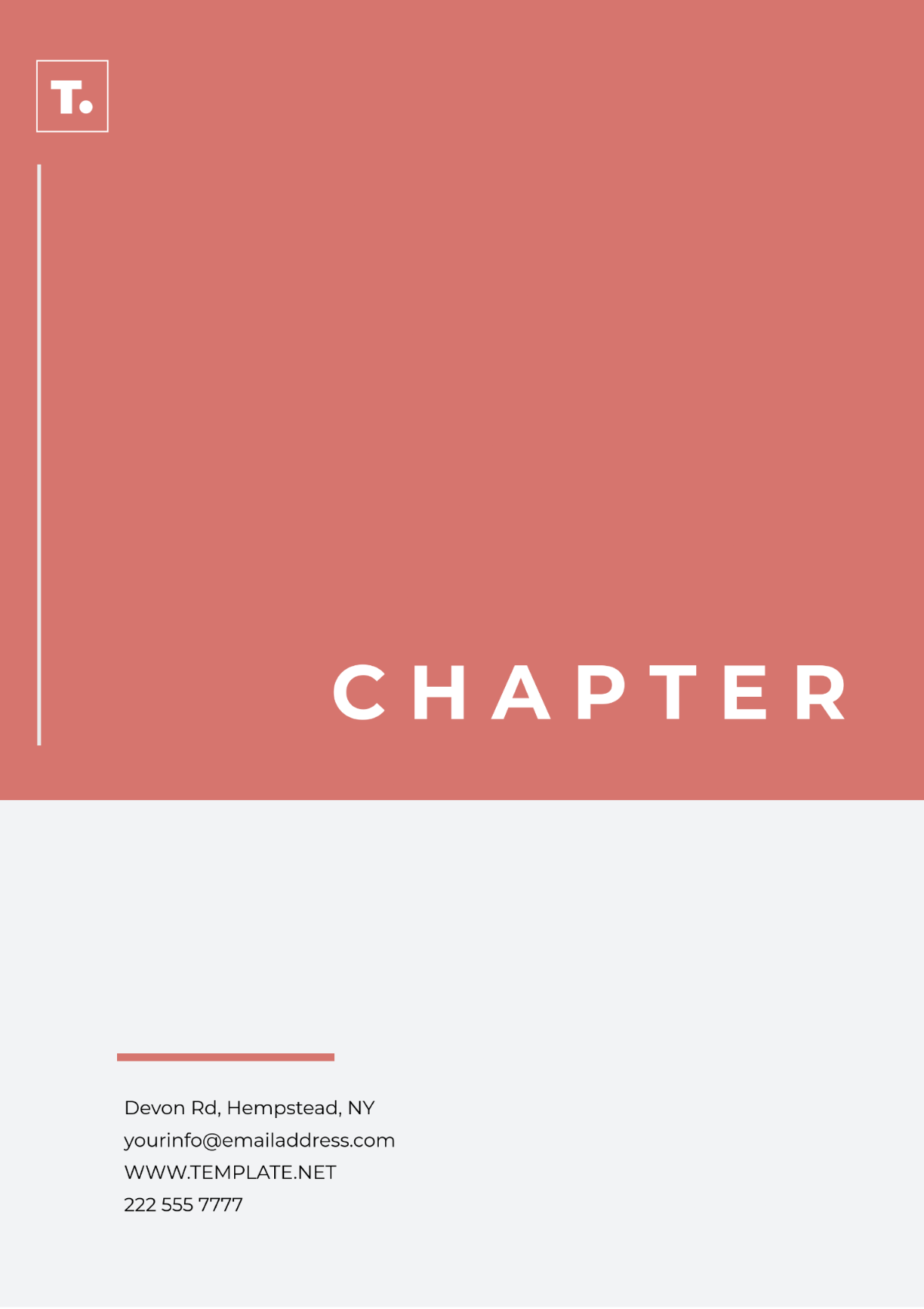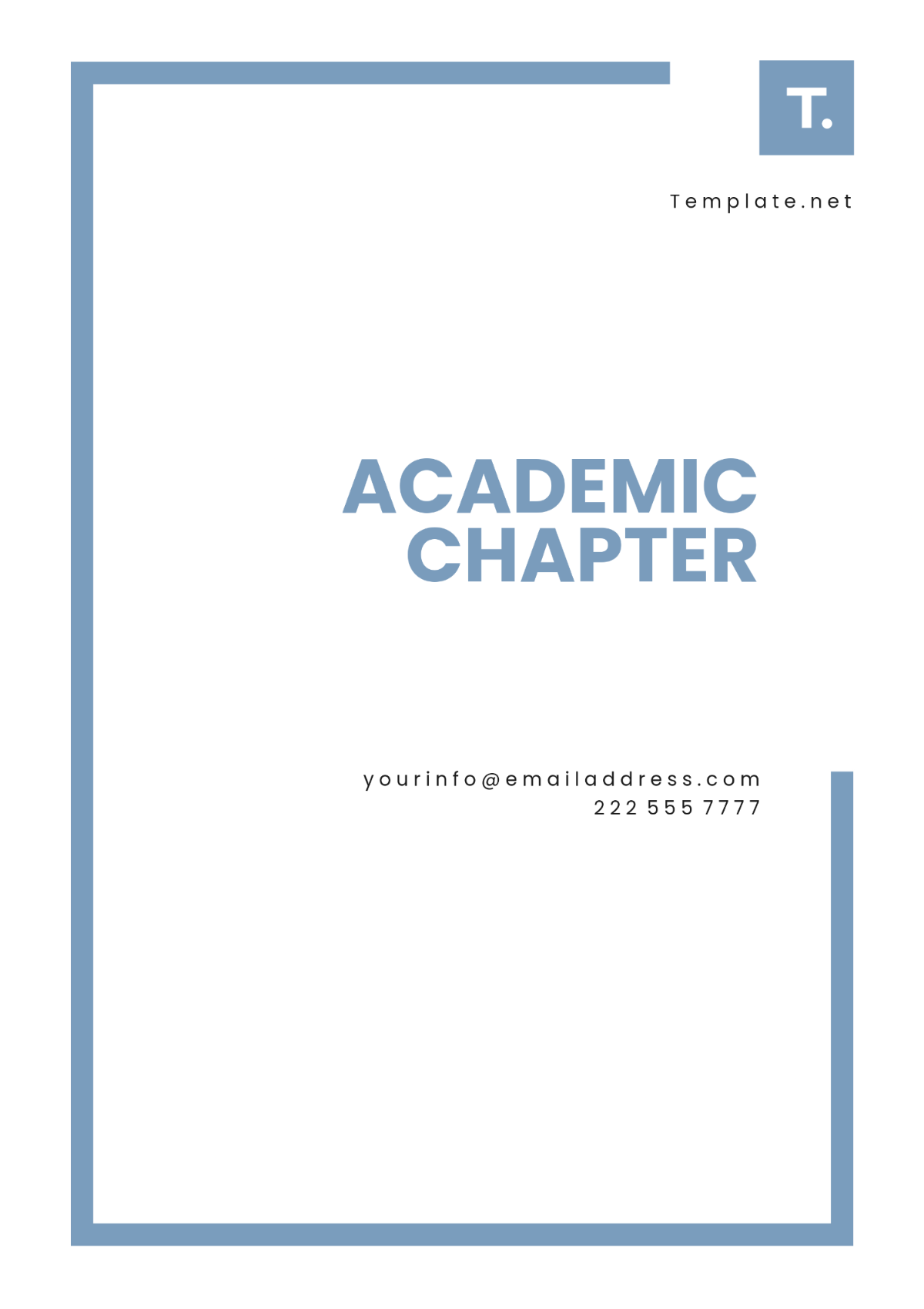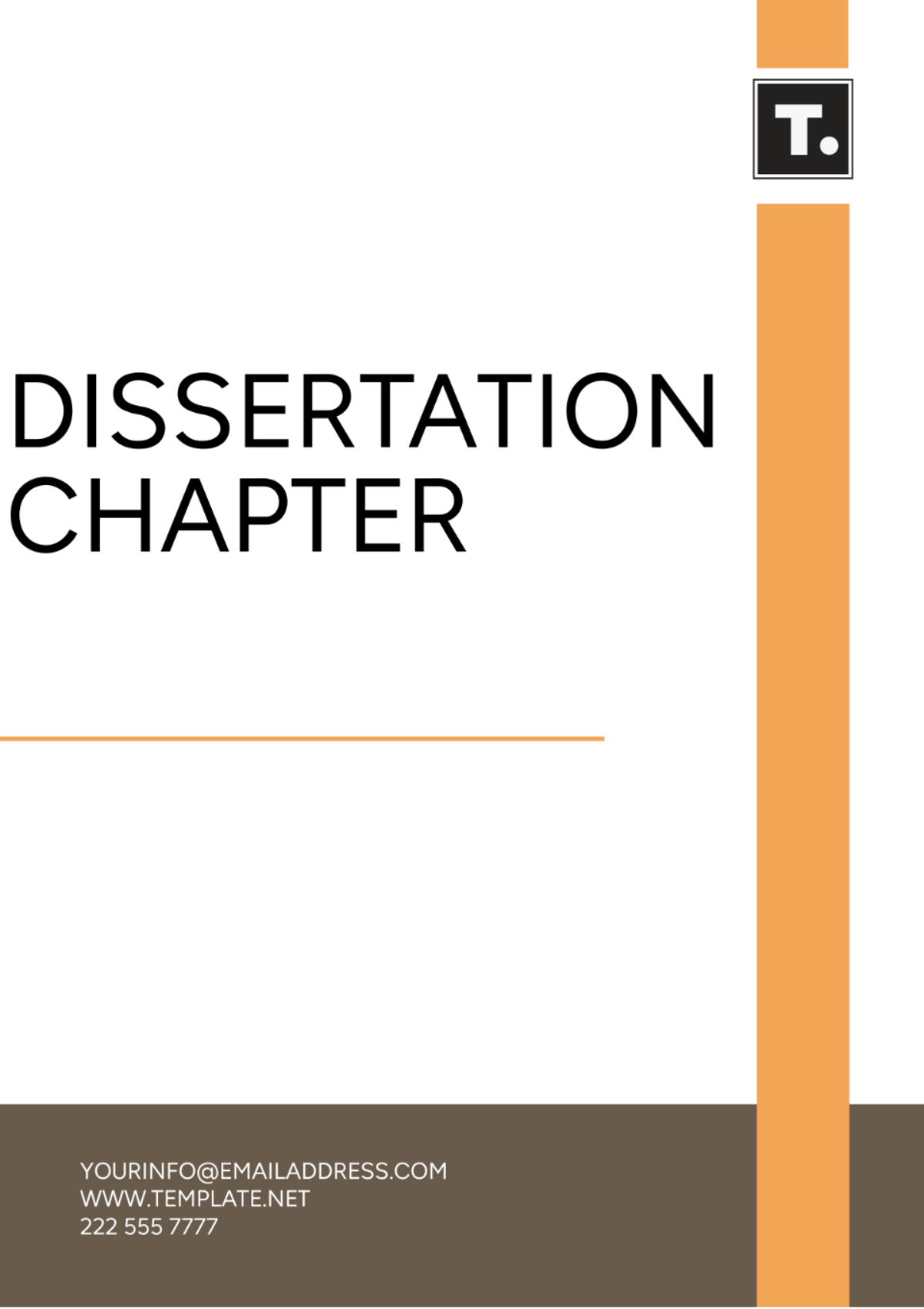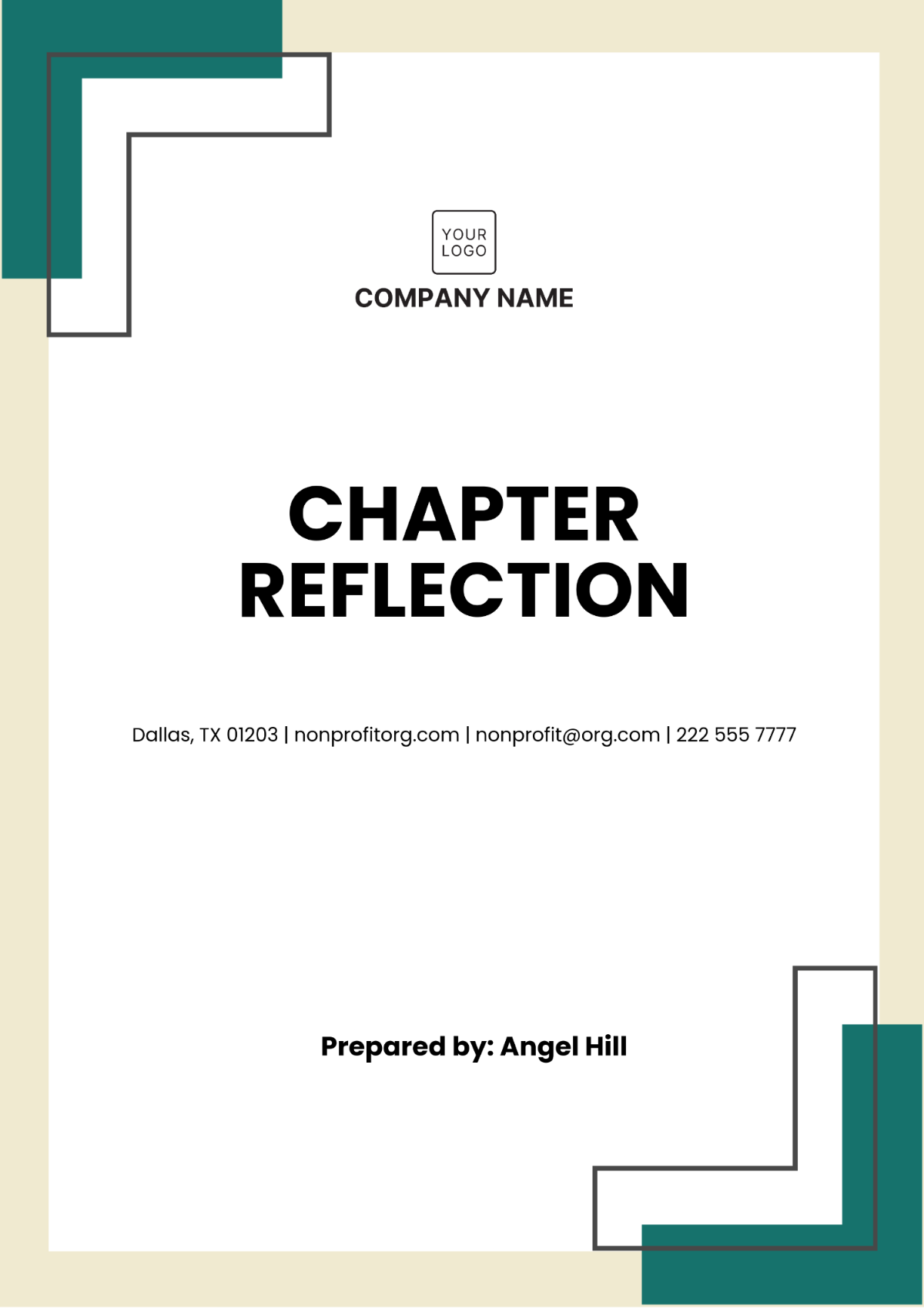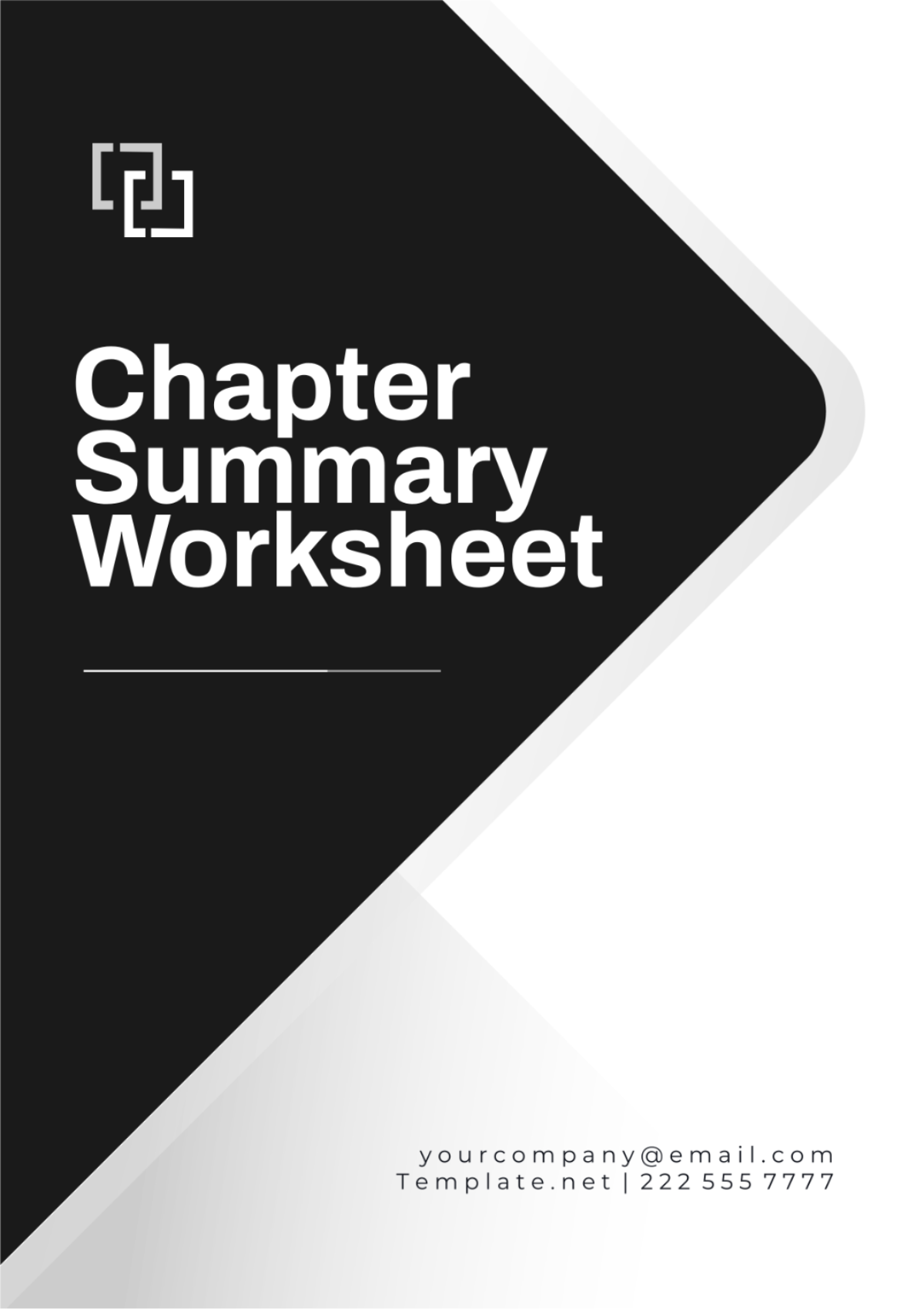Free Office Management Chapter Outline Template
Office Management Chapter Outline
Prepared by: [Your Name]
Date: [Date]
1. Introduction
1.1 Definition and Importance
Office management encompasses the planning, organizing, and controlling of office resources to achieve organizational goals efficiently. It is crucial for maintaining smooth operations, enhancing productivity, and ensuring effective communication within an organization.
1.2 Key Responsibilities
Administrative Tasks: Managing correspondence, scheduling meetings, and maintaining records.
Coordination and Communication: Facilitating internal and external communication, ensuring smooth workflow among departments.
Resource Management: Overseeing office supplies, equipment, and facilities to ensure they meet organizational needs.
2. Office Structure and Layout
2.1 Office Design Principles
Ergonomics and Workspace Efficiency: Designing workspaces that reduce strain and improve comfort, leading to increased productivity and reduced absenteeism.
Design for Collaboration and Privacy: Balancing open spaces for teamwork with private areas for focused work.
2.2 Common Office Layouts
Open-Plan Offices: Encourages collaboration and communication but may lead to noise and distractions.
Cubicles and Private Offices: Provides personal space and reduces noise but can limit interaction.
Hybrid Layouts: Combines elements of open and private spaces to cater to various work styles.
2.3 Impact on Productivity
Effects of Layout on Employee Morale: Well-designed spaces can boost morale and job satisfaction, while poorly designed spaces may lead to frustration and reduced productivity.
Space Utilization Strategies: Optimizing office space to accommodate growth and changing needs, such as flexible workstations and modular furniture.
3. Administrative Tasks and Procedures
3.1 Document Management
Filing Systems: Implementing organized filing systems, both physical and digital, to ensure easy retrieval and security of documents.
Digital vs. Physical Records: Evaluating the benefits of digital records for accessibility and environmental impact versus the reliability of physical records.
3.2 Scheduling and Time Management
Tools for Scheduling: Using advanced scheduling software and tools to manage appointments, meetings, and deadlines effectively.
Techniques for Effective Time Management: Applying methods such as time blocking and prioritization to enhance productivity and reduce stress.
3.3 Communication Systems
Internal Communication: Utilizing emails, memos, and internal messaging systems to facilitate clear and efficient communication within the organization.
External Communication: Managing client correspondence, customer service inquiries, and public relations effectively.
4. Human Resource Management
4.1 Recruitment and Onboarding
Processes for Hiring: Leveraging AI-driven recruitment tools and strategies to attract and select the best candidates.
Employee Induction and Training: Implementing comprehensive onboarding programs to integrate new employees smoothly and equip them with the necessary skills.
4.2 Performance Management
Setting Objectives and Goals: Establishing clear, measurable objectives aligned with organizational goals.
Conducting Performance Reviews: Using data-driven performance assessments and feedback to support employee development and address issues.
4.3 Employee Relations
Conflict Resolution: Developing strategies to address and resolve workplace conflicts effectively.
Employee Engagement Strategies: Implementing programs to boost employee motivation, satisfaction, and retention.
5. Financial Management
5.1 Budgeting and Financial Planning
Developing a Budget: Creating detailed budgets to allocate resources efficiently and track financial performance.
Expense Tracking and Reporting: Using advanced financial software to monitor expenses and generate reports for informed decision-making.
5.2 Procurement and Inventory Management
Purchasing Procedures: Streamlining procurement processes to ensure timely and cost-effective acquisition of goods and services.
Inventory Control and Management: Implementing inventory management systems to maintain optimal stock levels and reduce waste.
5.3 Cost Reduction Strategies
Identifying Cost-Saving Opportunities: Analyzing expenditures to identify areas for cost reduction without compromising quality.
Implementing Cost-Control Measures: Adopting measures such as bulk purchasing and process improvements to reduce costs.
6. Technology in Office Management
6.1 Office Automation Tools
Software for Document Management: Utilizing cloud-based document management systems for improved accessibility and collaboration.
Communication and Collaboration Tools: Adopting platforms like video conferencing and project management software to enhance team coordination.
6.2 Data Security and Privacy
Protecting Sensitive Information: Implementing cybersecurity measures to safeguard confidential data from breaches and unauthorized access.
Compliance with Data Protection Regulations: Ensuring adherence to regulations such as GDPR and CCPA to protect employee and client data.
6.3 Technology Trends
Emerging Technologies in Office Management: Exploring innovations like AI, IoT, and automation that are transforming office management practices.
Impact of Technology on Office Efficiency: Assessing how technology enhances operational efficiency and streamlines workflows.
7. Health and Safety
7.1 Workplace Safety Protocols
Safety Regulations and Compliance: Adhering to safety standards and regulations to create a secure working environment.
Emergency Preparedness: Developing and practicing emergency response plans for various scenarios, including natural disasters and workplace incidents.
7.2 Promoting Employee Well-being
Health and Wellness Programs: Offering programs such as fitness memberships, mental health support, and wellness workshops.
Creating a Supportive Work Environment: Fostering a positive workplace culture that supports work-life balance and employee well-being.
8. Legal and Ethical Considerations
8.1 Employment Law
Understanding Labor Laws: Staying informed about employment laws and regulations to ensure compliance and protect employee rights.
Compliance with Legal Requirements: Implementing policies and practices that meet legal standards and reduce the risk of legal issues.
8.2 Ethical Practices
Ensuring Ethical Conduct in the Workplace: Promoting a culture of integrity and ethical behavior through training and clear policies.
Addressing Ethical Dilemmas: Providing mechanisms for reporting and addressing ethical concerns and conflicts of interest.
9. Conclusion
9.1 Summary of Key Points
The chapter has covered essential aspects of office management, including office layout, administrative tasks, human resources, financial management, technology, health and safety, and legal considerations. Each area plays a crucial role in ensuring effective office operations and organizational success.
9.2 Future Trends in Office Management
Emerging Trends and Their Implications: Exploring future developments in office management, such as remote work trends and advancements in technology.
Preparing for Changes in Office Management Practices: Adapting to evolving trends and preparing for future challenges to stay competitive and efficient in office management.
